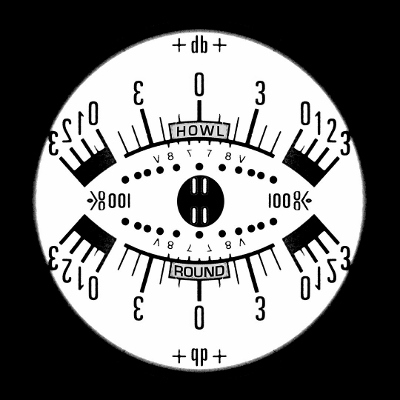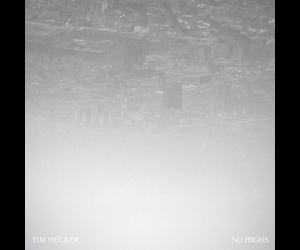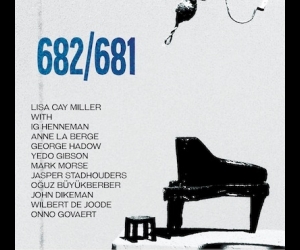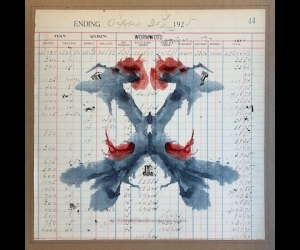
The title of Howlround’s third and reassuringly unheimlich album takes its name from a gate that really exists. It’s on a road in Hither Green, a suburb that was laid out for an expanding London at the end of the nineteenth century as an ideal home for hard-working commuters who had, presumably, no time or inclination to think about the spectral frequencies that the future might bring. This sonic future, realized via the work of sound artists, radio producers, and engineers Chris Weaver and Robin Fogíc (aka Robin the Fog) with some antiquated reel-to-reel tape recorders, is part of Howlround’s implicit mission: to retrieve and manipulate unheard or barely noticed sounds as a way of describing a space that we didn’t even know existed. Howlround’s output could be read as a sonic equivalent to Rachel Whiteread’s inside-out architectures, constructed by methods that are informed as much by early musique concrète as they are by the miles of tape loops that Delia Derbyshire trailed around the corridors outside the BBC Radiophonic Workshop in the early 1960s.
Howlround’s previous albums—the wryly named Ghosts of Bush (recorded in the basement of the BBC World Service’s headquarters at Bush House) and 2013’s Secret Songs of Savamala (the sounds of an empty house in Serbia)—herald the duo’s approach to sound. Weaver and Fogíc (the latter is a BBC radio producer) use retro technology to imagine a parallel future. Torridon Gate is a single track of nearly twenty-four minutes, made from a recording of a miked-up south London gate: the initial recording was digital but the composition began taking shape once the sounds were transferred onto tape. The gate’s squeaks become sounding mountains, and clouds of melodic atmospheres float through the piece. It’s an ordinary object made hauntingly strange.


